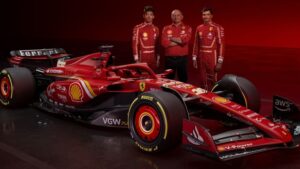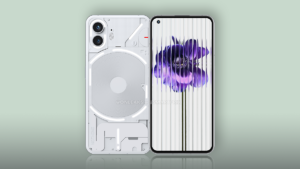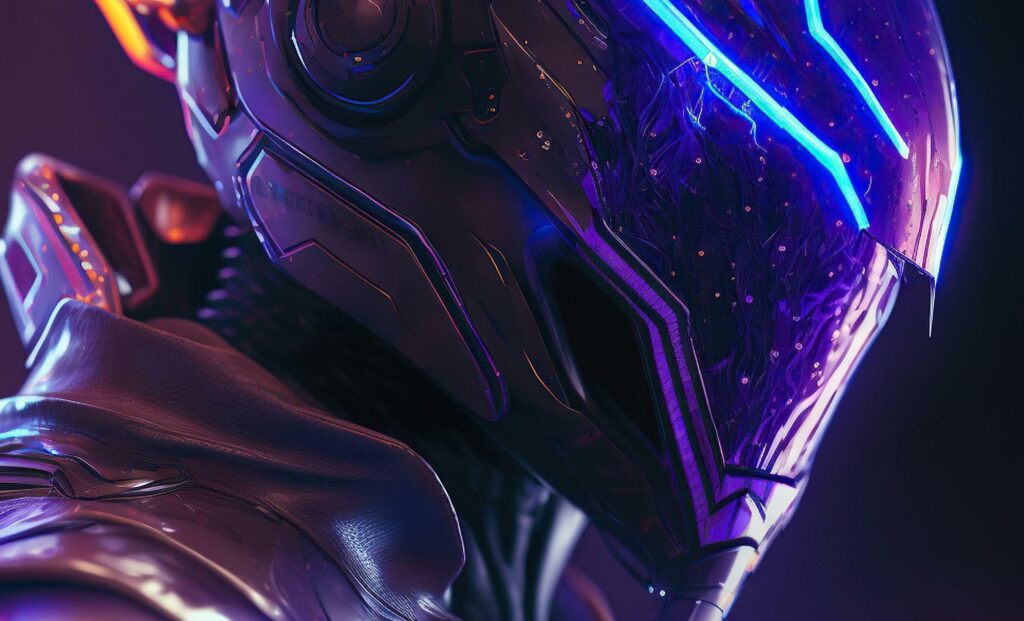
The lines between science fiction and reality continue to blur, and new AI innovations bring the Machine Era closer to reality. The new term “Physical AI” encapsulates the transformative journey we are embarking upon, where artificial intelligence becomes not just a digital force but a physical one, reshaping our world in tangible ways, for better or worse.
BEYOND SCIFI
When we hear “robot,” the mind often leaps to dramatic sci-fi scenarios. Some may look to the Apple TV+ movie Finch, and others will consider Black Mirror as the strange but often realistic future from writer Charlie Brooker begins to play out. The reality is both more profound and more integrated into our daily lives.
Robotics has evolved from the realms of science fiction to the factory floors and beyond. These machines, defined by their autonomous operation, are not confined to human-like forms but encompass
various designs tailored to diverse tasks. We’ve already got self-driving vehicles and automated calls from Google, and in the years ahead, we’re going to see the further rise of what Nvidia CEO calls “Physical AI”.
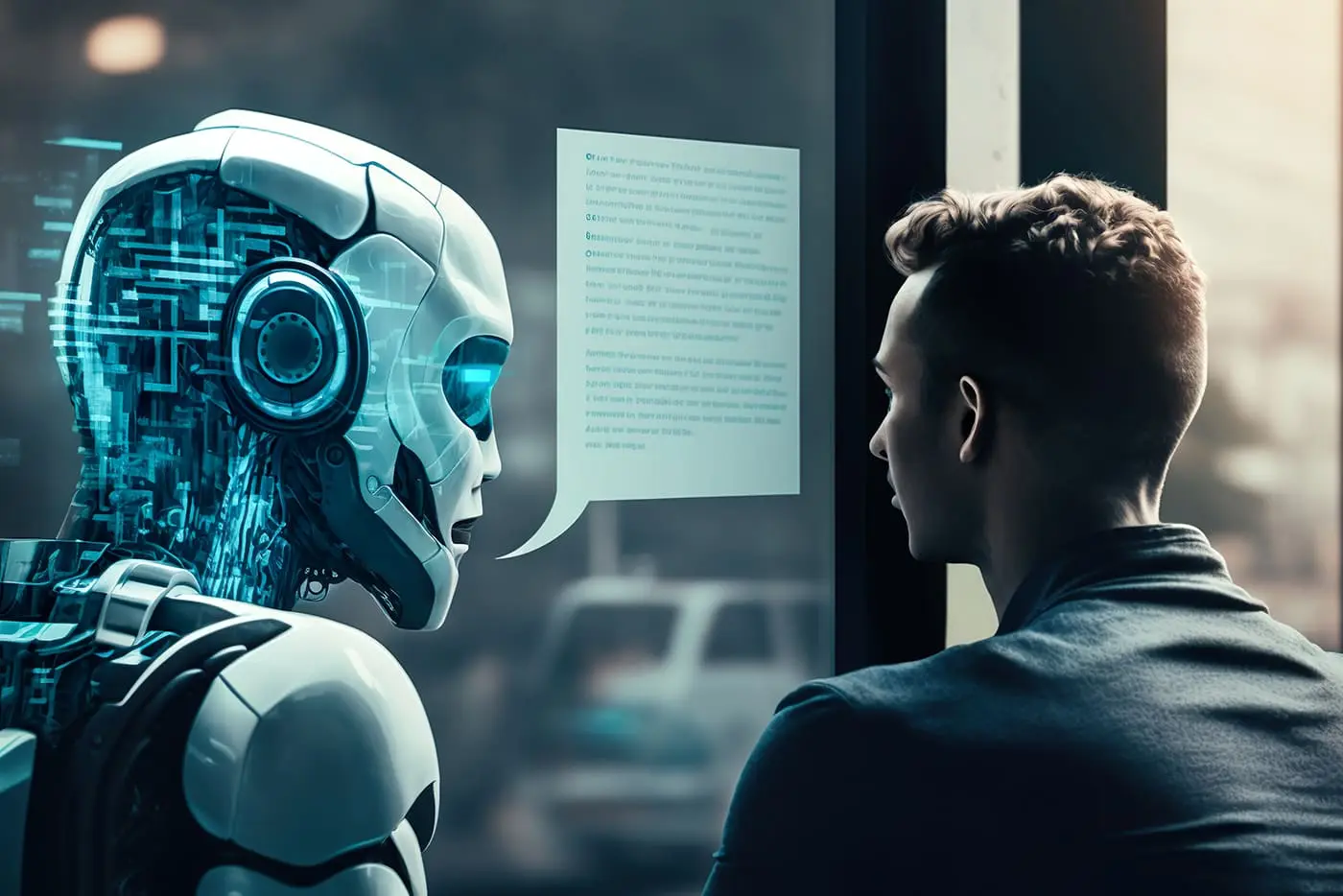
From healthcare to home life, manufacturing to military, the scope of robotics is vast. In healthcare, robots assist in surgeries deliver supplies, and even fight pandemics. Home robots range from vacuuming floors to assisting digital assistants. The manufacturing sector, a pioneer in robotics, utilizes these machines for many tasks, including welding and packaging.
In logistics, robots ensure efficiency in warehouses and delivery processes. Space exploration and military applications showcase robots’ capabilities in extreme environments, from Mars rovers to explosive detection units. Even entertainment and travel are being redefined by robotics, with toy robots and autonomous vehicles now commonplace and no longer the strange, otherworldly beings we were scared of.
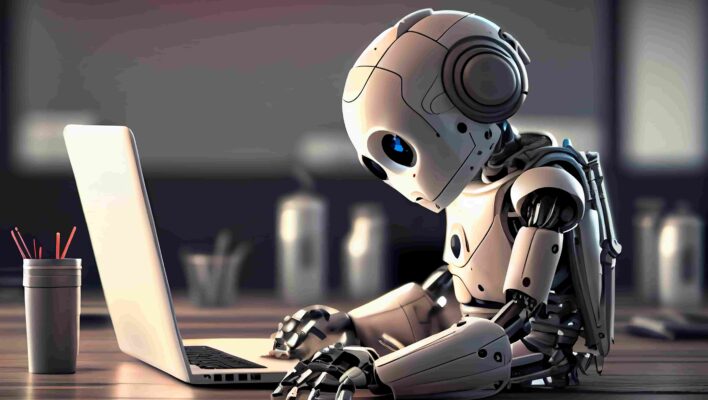
POWERING THE FUTURE WITH BLACKWELL
At the heart of this transformative era is NVIDIA, a company that has become a titan in the AI landscape. NVIDIA’s annual revenue for 2024 was $60.922B, a 125.85% increase from 2023, thanks to the rise of generative AI tools like OpenAI and Google Gemini.
Under the leadership of Jensen Huang, NVIDIA recently unveiled its latest marvel at the GTC conference: the Blackwell processor. This processor, named in honor of the trailblazing mathematician David Blackwell, is set to redefine AI computing with its unprecedented speed and capacity.
With its 208 billion transistors, the Blackwell processor is designed to excel in both the development and application of AI models. Its introduction is a testament to NVIDIA’s commitment to driving the AI revolution, offering a glimpse into a future where AI’s potential is unleashed across industries. This processor is not just an advancement in technology but the foundation for new computers and products that will be adopted by leading data center operators worldwide for innovations.
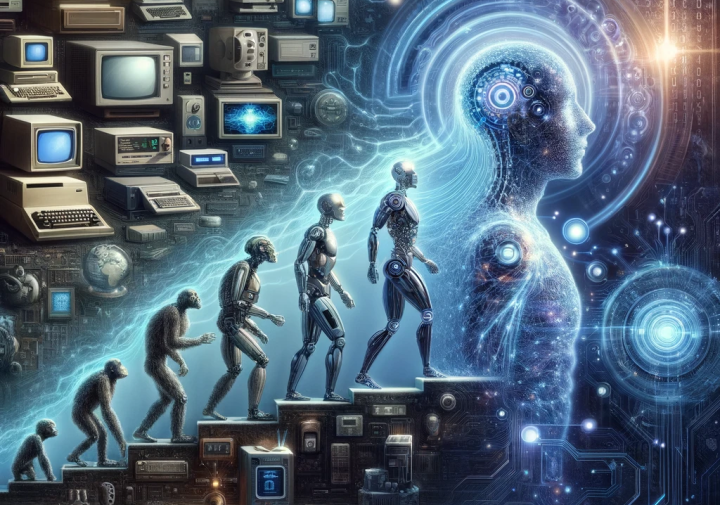
NVIDIA’s journey from a graphics card manufacturer beloved by gamers to a pivotal player in AI illustrates a broader trend: the convergence of different technologies to foster innovation. Initially designed for gaming, the company’s GPUs have found a new purpose in AI, highlighting the adaptability and potential of NVIDIA’s technology. With Blackwell, NVIDIA is not just enhancing AI capabilities but is also addressing the need for integration and ease of use, making AI more accessible to a broader range of industries.
One of the most captivating initiatives is NVIDIA’s Omniverse, a platform that allows the creation of digital twins, offering a bridge between physical and digital realities. From Siemens AG to electric vehicle manufacturers, companies are leveraging Omniverse to revolutionize design, manufacturing, and customer experiences. Moreover, Project Groot and collaborations with companies like Johnson & Johnson showcase the potential of Physical AI to enhance humanoid robotics and medical technologies.
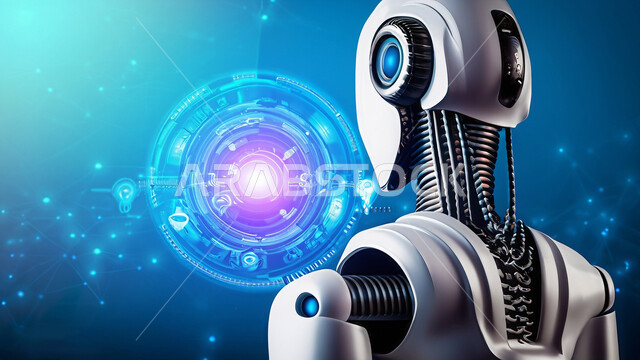
NVIDIA’s GTC conference was not just a showcase of technological prowess but a proclamation of a new era where “everything that moves will be robotic.” This vision, underscored by advancements like the Blackwell processor and the Omniverse platform, signifies a future where AI and robotics are not just tools but integral components of our daily lives, reshaping industries, enhancing capabilities, and opening new horizons for innovation and growth.
In its recent conference, NVIDIA’s robots were able to stand on their feet Huang ended his conference by asking two robots to join him on the stage. He revealed that these robots were trained using Nvidia’s simulation tools, showcasing the power such “Physical AI” could have in the years ahead. But not all of it will be good.
